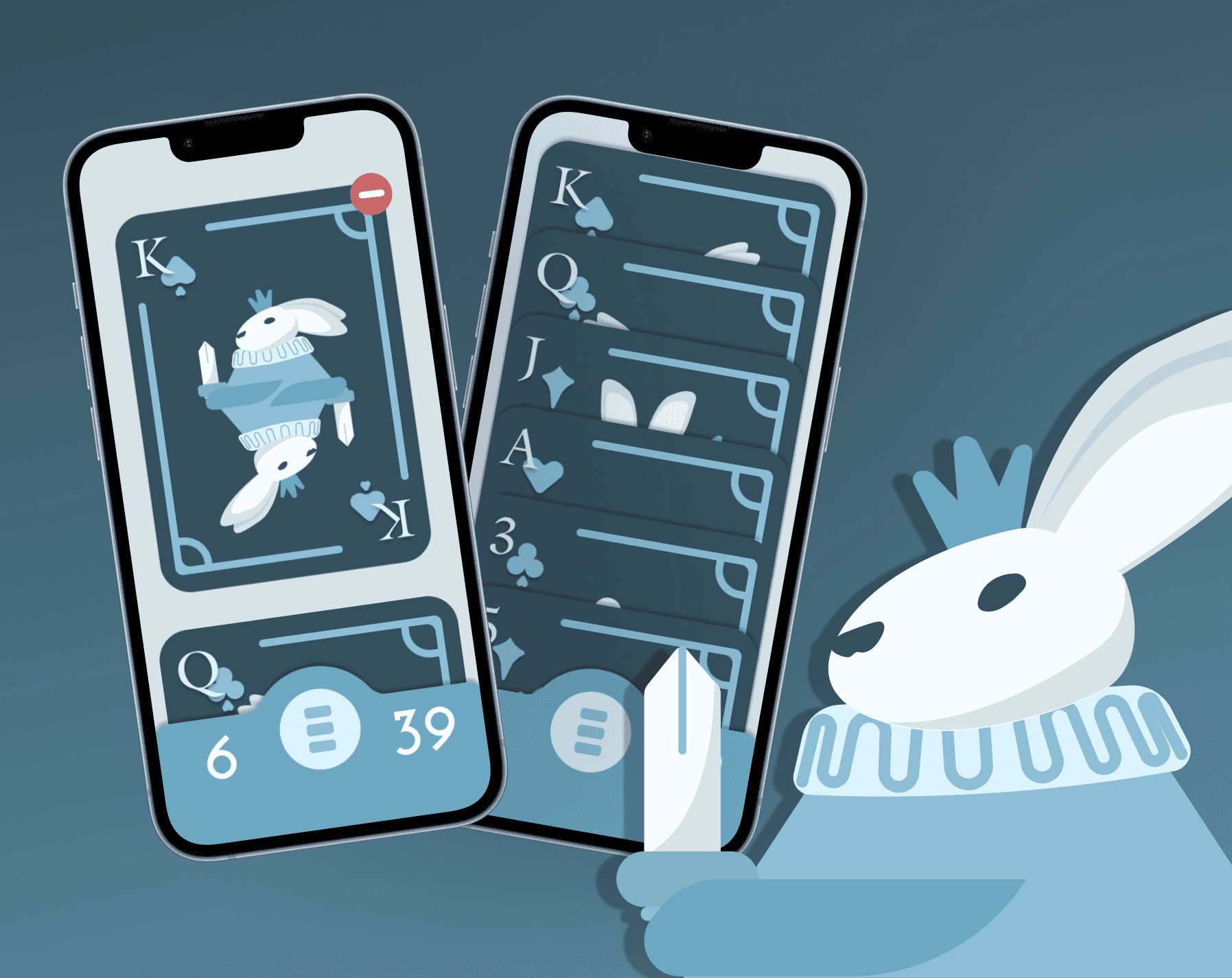
01
AR Gateway Experience | 2024
01
AR Gateway Experience | 2024
01
AR Gateway Experience | 2024
For this project, I designed an interactive browser-based AR experience for the Rochester Public Library, centered around a public art piece. The artwork features engravings that depict different aspects of Rochester's history from two perspectives: River View and City View, but lacks on-site context. To address this, I created an experience accessible via a QR code that directs users to a webpage where they can "scan" specific engravings. Each interaction reveals historical insights through informational text, images, and more resources blending historical education with modern technology to create an engaging, accessible learning experience.
Skills:
UI Design, Prototyping
Tools:
Figma
Duration:
7 weeks
Challenges
Engaging Young Users: Designing an experience that effectively engages young audiences and sparks their interest in learning more about Rochester's history as well as the public library.
Intuitive User Experience: Creating an accessible, easy-to-navigate interface that feels natural and user-friendly for both new and returning users.
Physical-Digital Interaction: Ensuring smooth, immersive integration between the artwork’s engravings and the AR content.
My Approach
Research
User-Centered Design: Conducted user research to identify target demographics, focusing on a young audience interested in researching Rochester's history. While designed for this demographic, the application remains accessible to all users.
Accessibility
Intuitive User Experience: Prioritized ease of use and navigation for both new and returning users. The application is designed to be stateless (not saving user data), ensuring a consistent experience for everyone. This was achieved through:
Clear and helpful onboarding, particularly for new AR features.
Consistent labeling of all navigation elements and buttons.
Unique Features
Library Integration: Incorporated library resources, such as book recommendations, to encourage users to explore the library's physical and digital collections for further research, thus promoting library usage.
AR "Portal" Experience: Developed an augmented reality feature that transforms the physical art piece into a "portal" to the past. By pointing their device's camera at the designated area, users trigger a sequence of images depicting the library's historical construction.
Tangible Takeaway: Enabled users to capture and save a screenshot of the AR experience to their device, providing a tangible takeaway and encouraging sharing. This feature allows users to document their learning experience and potentially share it with others, extending the reach of the project.
Results
The final result demonstrates the potential of a sleek and user-friendly AR experience to enhance engagement with public art and history. The prototype effectively showcases how AR technology can transform a static art installation into an interactive learning tool, sparking curiosity and providing context in an engaging way. While this is a prototype, it lays a strong foundation for a fully realized application that could significantly enrich the visitor experience at the Rochester Public Library and promote a deeper understanding of local history.




Skills:
UI Design, Prototyping
Tools:
Figma
Duration:
7 weeks
Process Work
02
More Projects
02
More Projects
02
More Projects

Astro Bunny | 2024
UI/Product Design, Prototyping, 3D modeling

Astro Bunny | 2024
UI/Product Design, Prototyping, 3D modeling

Astro Bunny | 2024
UI/Product Design, Prototyping, 3D modeling

Mobile Card Collection | 2024
Graphic Design, Prototyping

Mobile Card Collection | 2024
Graphic Design, Prototyping

Mobile Card Collection | 2024
Graphic Design, Prototyping
Enhancing Mobile Banking App Usability
StreamLine is a popular mobile banking app that enables users to manage their accounts, track expenses, and make transactions. The app, however, was facing usability issues that led to a decline in user satisfaction and engagement. Our goal was to redesign the app, improving its UX/UI to provide a seamless, intuitive, and enjoyable experience for users, ultimately increasing user retention and satisfaction.
Enhancing Mobile Banking App Usability
StreamLine is a popular mobile banking app that enables users to manage their accounts, track expenses, and make transactions. The app, however, was facing usability issues that led to a decline in user satisfaction and engagement. Our goal was to redesign the app, improving its UX/UI to provide a seamless, intuitive, and enjoyable experience for users, ultimately increasing user retention and satisfaction.


Headquarters
Ottawa, Ontario, Canada
Founded
2006
Industry
E-commerce
Revenue
$1.578 billion (2019)
Company size
5,000+
Challenge
The app had a cluttered interface, making it difficult for users to navigate and find essential features. Users were facing issues with the onboarding process, which was affecting new user adoption rates. The app lacked personalization and customization options, making it less engaging and user-friendly.
Results
The redesigned app features a clean, clutter-free interface, making it easier for users to navigate and access essential features.
The improved onboarding process resulted in a 35% increase in new user adoption rates.
The addition of personalization and customization options enhanced user engagement, leading to a 25% increase in user retention rates.




Process
Research & Analysis: We conducted user interviews, surveys, and analyzed in-app analytics to understand the pain points and user needs. We also studied competitor apps and industry trends to gather insights
Information Architecture: Based on the research findings, we restructured the app's navigation and content, prioritizing features and information according to user needs.
Wireframing & Prototyping: We designed low-fidelity wireframes to visualize the new layout and navigation, iteratively refining them based on user feedback. Afterward, we built a high-fidelity, interactive prototype to test the design.
Usability Testing: We conducted usability tests with a diverse group of users to validate the design and identify areas for improvement. Based on the feedback, we made necessary adjustments to the design.
Visual Design & Style Guide: We developed a cohesive visual language, including color schemes, typography, and iconography, ensuring consistency throughout the app. We also created a style guide to maintain design consistency in future updates.






Conclusion
The StreamLine mobile banking app redesign successfully addressed the usability issues, resulting in a more intuitive and user-friendly experience. The improved UX/UI design led to increased user adoption, engagement, and satisfaction, demonstrating the value of a well-designed template for UX designers.
Get Athos Pro







